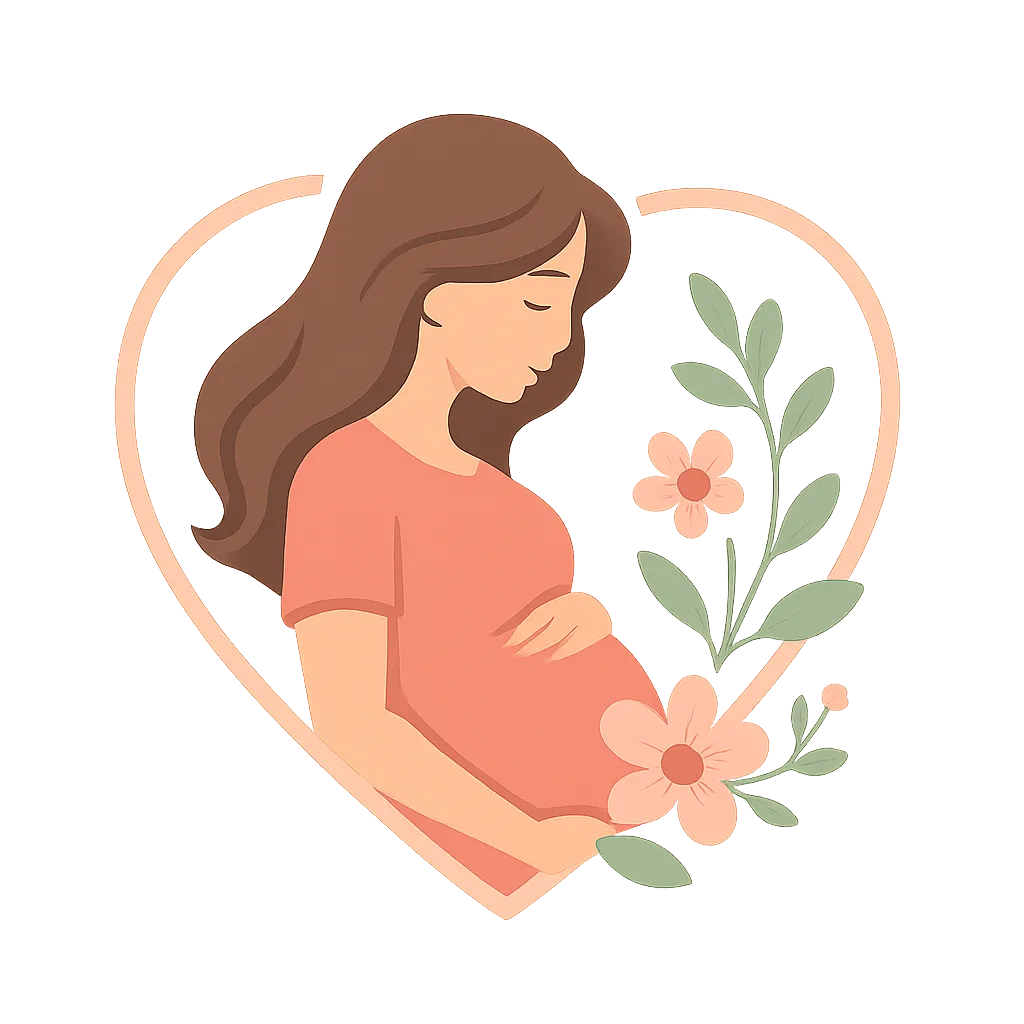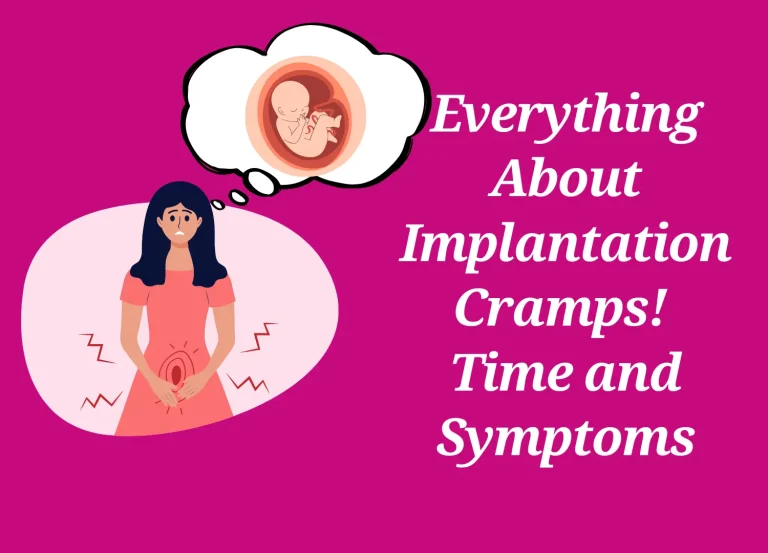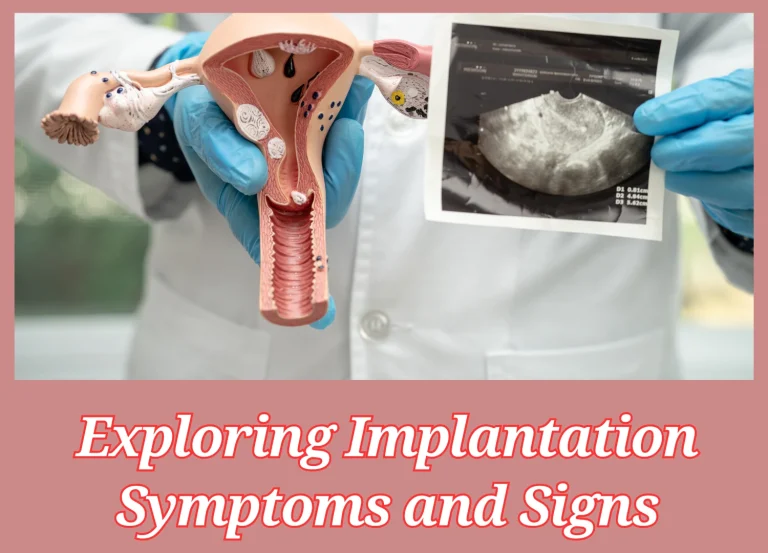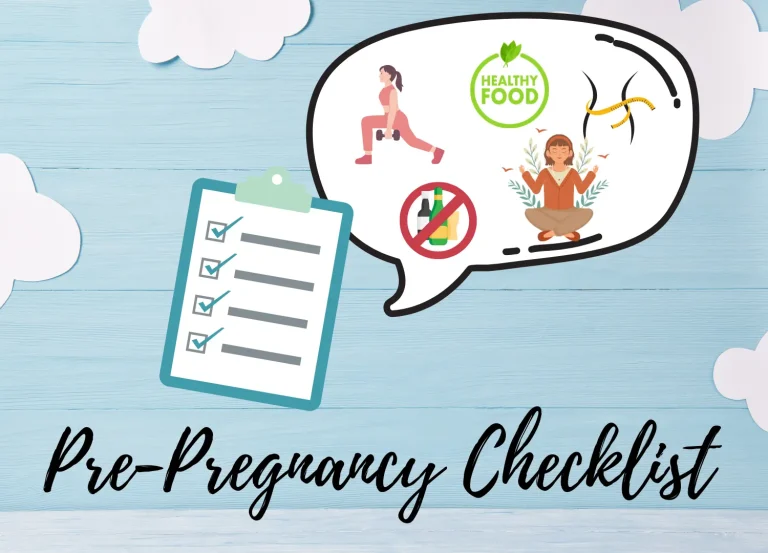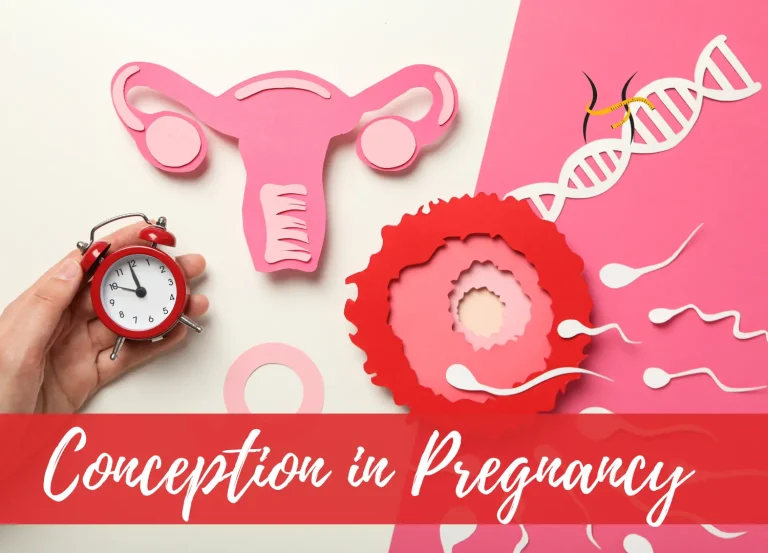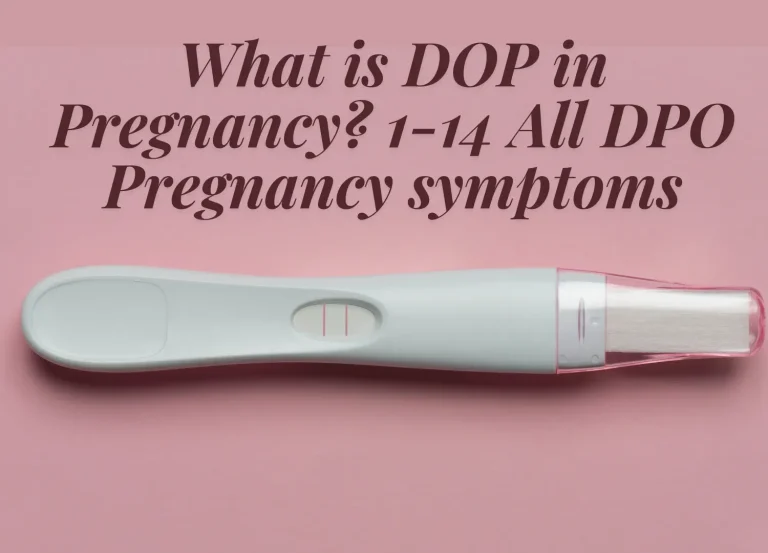What is Ovulation? Fertility, Cycle Timeline, and Symptoms
I feel getting pregnant without understanding the ovulation cycle is impossible. It is because it is a very critical period in women’s reproductive cycle. The ovulation period is the best time when your body prepares for a new life.
My friend, I have seen many women searching for “What is Ovulation?” when they are trying to conceive. So, it is a nature’s alarm when one mature egg is released from the ovaries and is ready to meet with sperm. This meetup gives rise to a new life. Yes! This is all.
But wait! It contains various sensitive phases, signs, and much more. Different factors affect ovulation, like a sedentary lifestyle and body weight. Are you curious to know every factor that affects ovulation and pregnancy? So, here, you will get everything that can help you to get pregnant.
Let’s explore the female ovulation cycle, different phases, and much more, so keep reading!
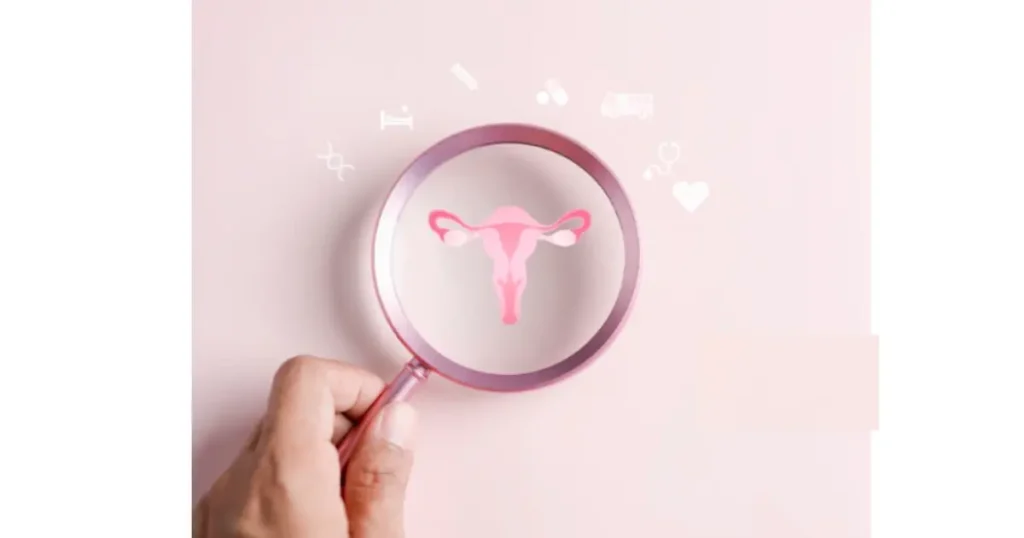
What is Ovulation?
You can say that without ovulation, you can’t be pregnant! Oh, such a huge statement, no? But, it is reality, ovulation is considered the most important part of the female reproductive cycle. During this phase, a mature egg is released from the ovary and travels to the uterus through the fallopian tube.
Wondering when it will happen? So, it basically occurs on the 14th day of your menstrual cycle, no matter if your cycle is 21 days, 28, or 35 days. Moreover, you can also notice ovulation typically occurs between 14-20 days. The time of ovulation varies from woman to woman. It also depends on various other factors, such as body weight or if you are taking birth control pills.
Do You Know?
Women have around 102 million eggs when they are born, but only 400-500 eggs are released during the female reproductive years.
When Does Ovulation Occur?
This is the most common question that women search on the internet. It is because it has a huge impact on females who are planning for a new baby. However, the answer to this question is not the same for everyone. As we know, ovulation occurs on the 14th day of the menstrual cycle, but it also varies from woman to woman. Some women have a 21-day cycle, whereas some have a 35-day cycle. Therefore, the day of ovulation varies according to your cycle length.
Signs and Symptoms of Ovulation
You should know the signs of ovulation as they will help you to know when is the perfect time for fertility. It contains five basic signs that everyone can notice.
Ovulation Pain
It is the most common sign of ovulation. About 40% of women feel this pain, and it only lasts for 3-12 hours. It occurs when the egg is trying to release from the ovary, which is not ruptured yet.
Increase Breast Tenderness
During ovulation, many females feel breast tenderness or soreness; it happens due to changes in hormones. However, in some cases, due to an increase in estrogen and LH hormone, some females also experience pain in the breast. This reduces after ovulation is over.
Increase Sexual Desire
An increase in sexual desire is another important sign when the egg is released from the ovary. Again, it is due to an increase in sexual hormones, and this usually lasts for about ten days.
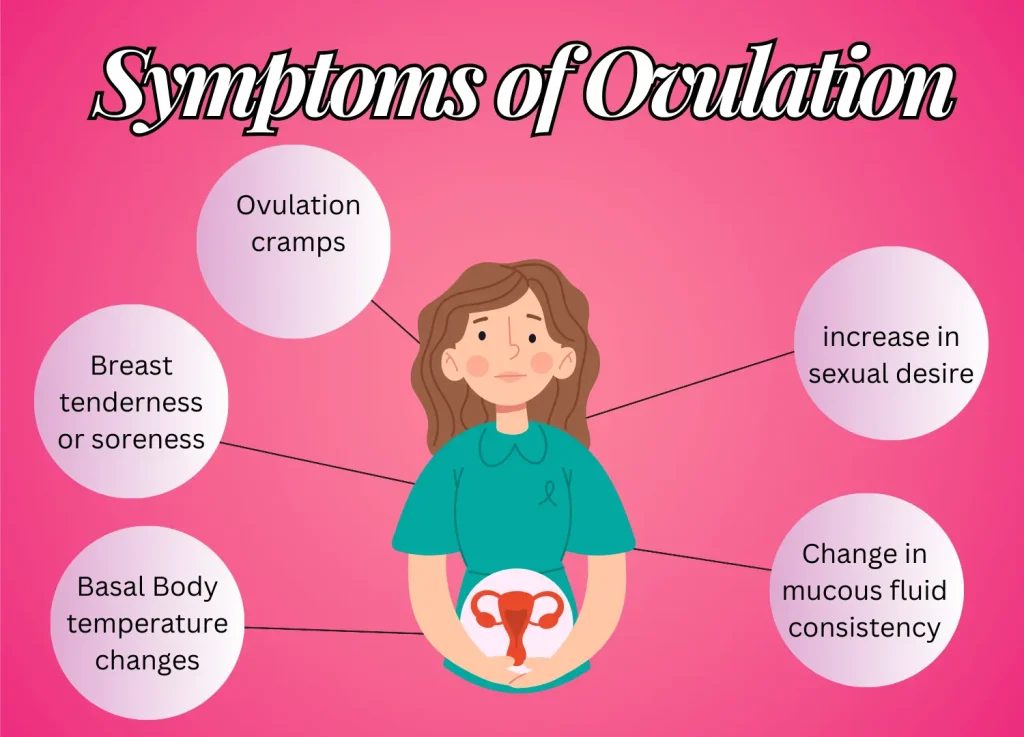
Changes in Cervical Fluid
When you are approaching the ovulation phase, the cervical fluid also changes its consistency and thickness. During the fertile phase, cervical fluid will have the following characteristics:
- Wet
- Clear
- Gives egg-white appearance
- Become more slippery
- Stretchy
Change in Basal Body Temperature
Due to an increase in progesterone hormone, the basal body temperature rises during the ovulating period. You can check it early in the morning as it is the best time to check for the BBT at rest.
During the Ovulation, Basal body temperature rises about 0.5 — 1°F due to an increase in progesterone hormone. It confirms that ovulation has occurred.
Other Symptoms of Ovulation
- Light bleeding or spots
- Bloating
- Ovulation cramps
- Changes in mood
- Increase sense of sight, smell, or taste
Relation of Ovulation and Fertility
However, ovulation and fertility are closely related but they both are slightly different. As we know, fertility is a woman’s ability to produce kids. At the same time, ovulation is a phase in women’s fertile cycle without which fertilization can’t happen.
Ovulation is the main event that makes conceiving a baby possible by releasing an egg from the ovary. This released and matured egg travels through the fallopian tube and reaches the uterus. When the sperm is present there, it fertilizes the egg, which leads to pregnancy.
All ovulation and egg fertilization can only be possible during the fertile window. The fertile window is the period where there are high chances of getting pregnant. It includes five days before ovulation, the day of ovulation, and two or three days after ovulation. So, tracking ovulation days increases your chances of getting pregnant.
All ovulation and egg fertilization can only be possible during the fertile window. The fertile window is the period where there are high chances of getting pregnant. It includes five days before ovulation, the day of ovulation, and two or three days after ovulation. So, tracking ovulation days increases your chances of implantation and getting pregnant.
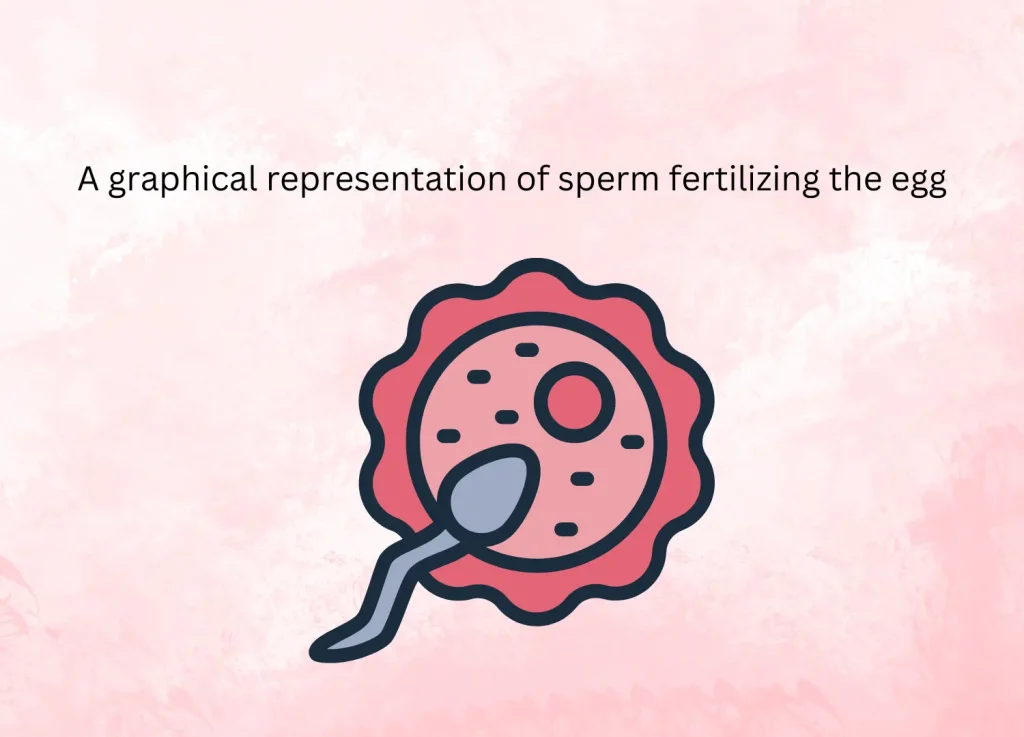
Here are some ways through which you can track your ovulating phase and improve your chances of pregnancy.
- Using Ovulation Prediction Kits
- Monitoring BBT
- Ovulation Cramps
- Increase in sex drive
Sperm can survive in the female reproductive tract for about five days. Therefore, the fertile window consists of days before and after ovulation.
Understanding Menstrual Cycle Through Ovulatory Phase
As we know, the menstrual cycle length ranges from 21 days to 35 days. This cycle consists of three different phases. Let’s have a look at them.
Preovulatory or Follicular Phase
It is the first phase of the menstrual cycle. This follicular phase starts on the first day of female periods and lasts up to the day of ovulation. In this phase, the pituitary gland releases a hormone called Follicular Stimulating Hormone (FSH).This FSH hormone boosts ovaries to produce follicles. Later, one of the follicles becomes mature and ready for release from the ovary. Also, in this phase, the level of estrogen rises, which thickens the uterine lining.
Ovulatory Period
This phase is the main highlight of the menstrual cycle, as the mature egg is released from the ovary. It occurs on the 14 days of the menstrual cycle and lasts for about 12-24 hours. The increase in Luteinizing hormone causes this egg to release from the ovary. It then moves to the uterus and is fertilized by the sperm.
Postovulatory or Luteal Phase
After the ovulation is over, the luteal phase begins. It lasts for about 14 days. Want to know what this phase consists of? So, in this phase, the ruptured follicle changes into the corpus luteum. This new layer secretes progesterone hormone to further thicken the uterus lining to bear pregnancy. However, this will only happen if the egg is fertilized by sperm.
In case the egg is not fertilized by sperm, then there will be a drop in hormones, no corpus luteal will form, and a new menstrual cycle will start.
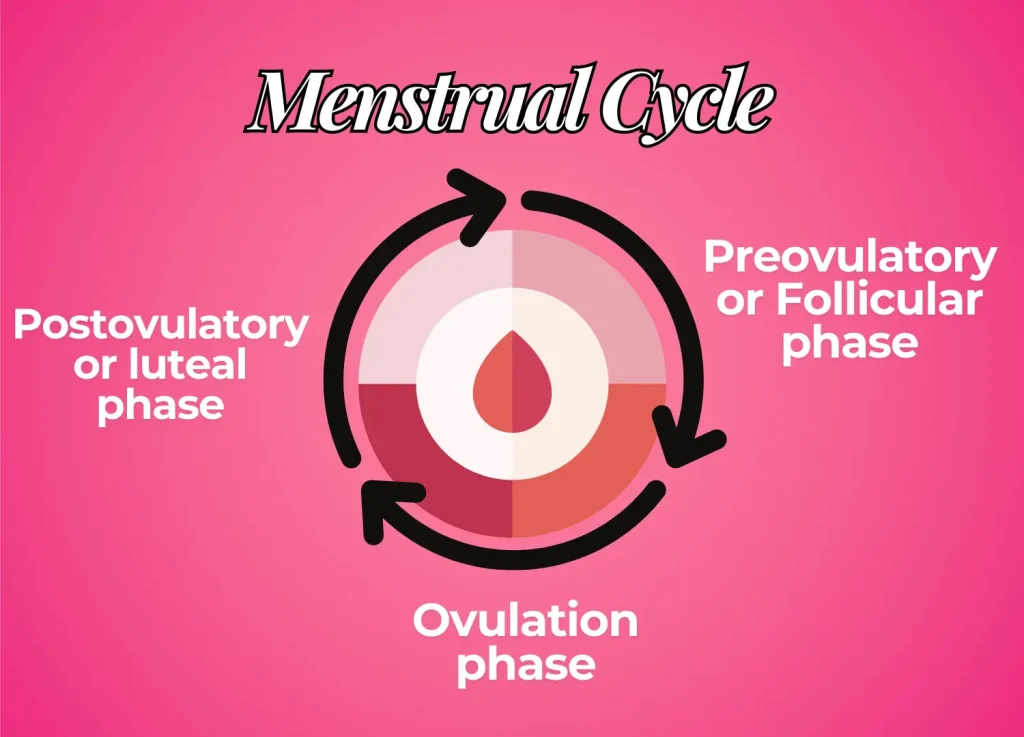
Different Tests to Check Ovulation
Want to get pregnant and begin a new chapter in life? But can’t you tell me the exact ovulation date? Then, don’t worry; there are different tests that you can go for to find your accurate ovulation time.
The list of these tests is given below:
- Ovulation Detection Kits
- Basal Body Temperature Charting
- Cervical Mucous Monitoring
- Progesterone Blood Test
Factors That Affect Ovulation in Females
As of now, you know how important it is to have a healthy and normal ovulation cycle to get pregnant, right? If anything disturbs your menstrual cycle, it can lead to infertility or delay pregnancy. Therefore, you should keep an eye on all the factors that may harm your cycle.
The factors which affect ovulation in females are mentioned below:
- Polycystic Ovary Syndrome (PCOS)
- Hypothalamic Dysfunction
- Excessive prolactin Production
- Insufficient Premature Ovaries
- Feeding Mothers
FAQ
Summary
After going through the above guide, I guess all your confusion about the ovulation, its exact date, and signs will be removed, as I have explained everything in detail to you. Ovulation is a very important phase in the female reproductive cycle, which can bless you with a child. It happens on the 14 days of the cycle, and when it gets fertilized by sperm, a zygote is formed. This new formation implants in the uterus, and officially, your pregnancy starts. This all is a complex game of hormonal changes and balancing. There are different signs through which you can find when you are ovulating. However, if you are still confused, then you can also go for various ovulation tracking tests.
